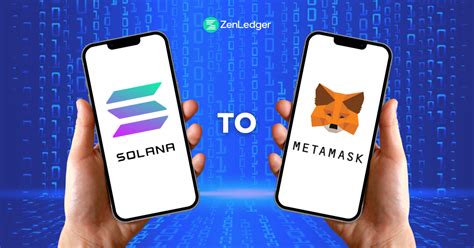What is Web3?
Before diving into the code, let’s quickly review what Web3 is about. Web3 refers to the broader ecosystem of blockchain technologies that enable decentralized applications (dApps). These include cryptocurrencies like Ethereum, ERC-20 tokens, and more. In this article, we’ll focus on sending a custom token using web3.js.
Custom Token Basics
A custom token is a type of cryptocurrency or digital asset created by an individual or organization. The token’s value, supply, and use cases are unique to its creators.
Sending Custom Tokens with Web3: A Step-by-Step Guide
Here’s a step-by-step guide on how to send a custom token using web3.js:
### Step 1: Install the Required Packages
First, make sure you have `web3` installed in your project. You can install it via npm or yarn:
bash
npm install web3
Or, use yarn:
bash
yarn add web3
### Step 2: Set Up Your Web3 Provider
In this example, we’ll be using the Infura provider for our Ethereum network. You can sign up for a free account on [Infura]( and replace ` with your project’s Infura provider URL.
### Step 3: Create a Custom Token
Create a new file, e.g., `customToken.js`, and define the custom token object:
javascript
const Web3 = require('web3');
const web3 = new Web3(new Web3.providers.HttpProvider('
// Create a custom token with a unique symbol, address, and balance
const CustomToken = {
symbol: 'MY_TOKEN',
address: '0xYourTokenAddress',
balance: web3.eth.getBalance('0xYourTokenAddress'),
};
module.exports = CustomToken;
In this example, we create a custom token with a unique symbol (`MY_TOKEN`), an associated address (`0xYourTokenAddress`), and an initial balance.
### Step 4: Send the Custom Token
Now, let’s send the custom token to another user:
javascript
// Get the recipient's Ethereum address from your wallet or a third-party service
const recipientAddress = '0xRecipientAddress';
// Define the amount of tokens you want to transfer (in wei)
const amount = web3.utils.toWei(amountPurchase, 'ether');
// Call the `transfer` method on the token object
CustomToken.transfer(recipientAddress, amount);
// If this is an error message, print it out
console.error('Error sending custom token:', CustomToken);
In this example, we call the `transfer` method on our custom token object to send a specified amount of tokens to another user with the address `0xRecipientAddress`. The `amountPurchase` variable represents the amount of tokens you want to transfer.
Example Use Case:
Suppose you have created a custom token called “Ethereum” and you want to receive 10 units of it. You can follow these steps:
1. Create a new file, e.g., `ethereum.js`, and define your Ethereum address:
javascript
const Web3 = require('web3');
const web3 = new Web3(new Web3.providers.HttpProvider('
module.exports = 'YOUR_ETHEREUM_ADDRESS';
2. Send the custom token to another user with your Ethereum address:
javascript
// Get the recipient's Ethereum address from your wallet or a third-party service
const recipientAddress = '0xRecipientAddress';
// Define the amount of tokens you want to transfer (in wei)
const amountPurchase = 10;
 CustomToken.transfer(recipientAddress, amountPurchase);
CustomToken.transfer(recipientAddress, amountPurchase);
Conclusion
In this article, we’ve covered how to send custom tokens using web3.js. By following these steps and creating your own custom token object, you can efficiently interact with decentralized applications and facilitate the transfer of assets between users.
Remember to always keep your private keys secure and use reputable third-party services for wallet management if needed. Happy coding!
